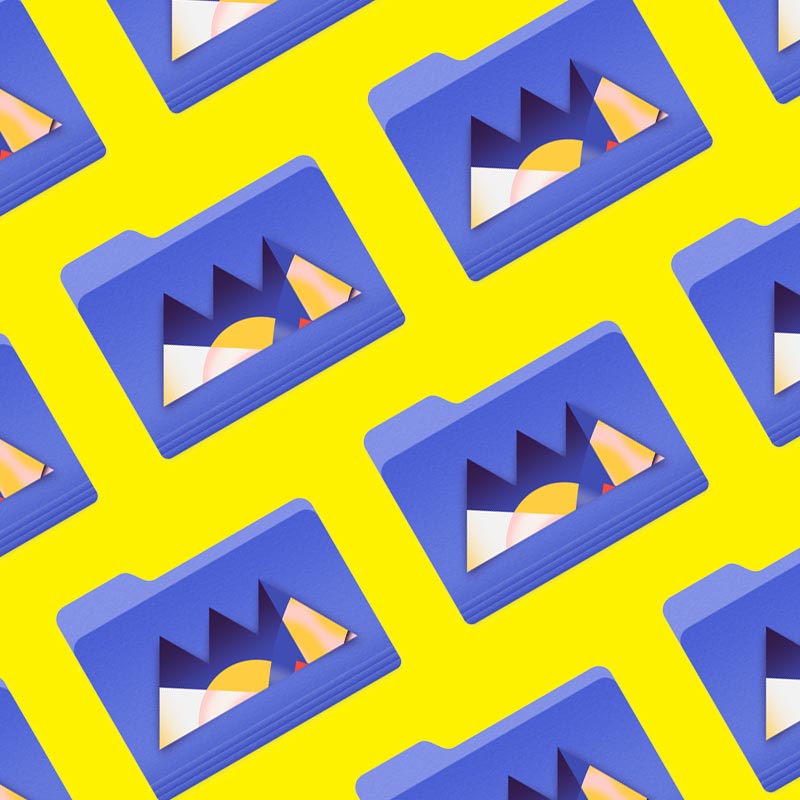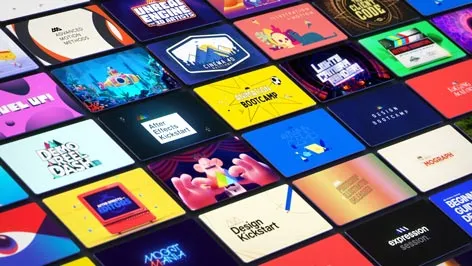Character animation is a staple of motion design work. While you may not be making a full-length film or television show, you still have to consider design, rigging, and animation.
There are few processes that are both as challenging and rewarding as character animation. There are also so many ways to create 2D, 3D, and hybrid 2D/3D characters.
We are going to cover a variety of different tools to help you get started on the path to creating your own characters. You can begin in the design phase with just a pen and pencil with paper, or you can opt for drawing apps like Procreate.
For 2D characters, we will talk about taking those sketches into tools like Photoshop, Illustrator, or After Effects to begin working with shapes and animators to create character rigs you can animate with keyframes.
As for 3D, you can bring your sketches into the viewport of tools like Blender, Cinema 4D, or Zbrush to start modeling your 3D character, and then apply textures and materials to prepare your character for rigging and animation.
Let’s get animated…
3 Tips for Designing Characters
Ever wonder what goes into designing iconic characters? Character Designer and Illustrator Emma Gillette breaks down the key concepts behind creating appealing and unique characters for animation.
It comes down to understanding your character, what their strengths and weaknesses are, and how their arc plays out in the overall story.
Then you want to pick a target audience of who will be watching and engaging with your story, film, commercial, or project. Research other projects in that genre and look for styles and looks that appeal to the audience. Then you are ready to start constructing your characters with a basic shape language and defining big, medium, and small elements.
A Simple Way to Illustrate and Animate Characters
In this tutorial from Audrey Stemen you’ll get a real crash course to character design and animation using Procreate and After Effects.
It all starts with character design, so with everything you just picked up from Emma Gillette, you can now apply to your initial character drawings. If your character doesn’t look good standing still, odds are it isn’t going to look any better once it starts to move.
During the design process, you also want to make sure you are leaving from for each of the joints, so you can visually imagine where and how a character will articulate their body. After that’s all figured out, you can begin the tedious process of adding anchor points, parenting objects, and color coding your project files so you have visual identifiers when it comes time to animate.
Pose-to-Pose 2D Character Animation in After Effects
If you have ever tried to animate a character in After Effects, you know it ain’t easy. To make matters worse, most After Effects animators try to move their characters the same way they move logos and type - straight ahead.
The secret to getting the hang of character animation is actually to use the same method Disney animators used in the heyday of cel animation, using Pose-to-Pose. Morgan Williams shows you the magic of pose-to-post character animation inside of After Effects with this in-depth tutorial.
You’ll see why complex character rigs don’t work with straight-ahead methods, and why stacking groups of hold keyframes can create a series of discrete poses. You can also benefit greatly from a well designed character rig to control parameters like squash and stretch.
Turn 2D Designs into 3D Characters with Illustrator
Are you a 2D designer looking to dabble with 3D but aren’t ready to download 3D software yet? Try you hand at 3D character design inside of Adobe Illustrator.
In this tutorial, EJ Hassenfratz shows you how to map 2D textures onto 3D models inside on Illustrator. You’ll learn how to convert your Illustrator file into a 3D object, use the 3D inflate options, and get an introduction to materials. From there you can export your character as an OBJ file to open in 3D programs like Blender or Cinema 4D.
Make Your First 3D Character in Blender
Now let’s say you have a 2D character design you want to model into a 3D character. If you are new to 3D, you can get started with free software like Blender. In this step-by-step tutorial, Eve Paints takes you through every part of the process. You’ll be guided through each individual step so you can become familiar with Blender and learn each of the tools and you model your 3D character.
Even if you have never opened a 3D program before, you’ll learn how to navigate and use each of the tools, model the body and eyes, and then using modifiers to get that final polish.
Simple 3D Characters in Cinema 4D
Now we are going to build upon each of the foundations established in this collection of tutorials, and learn how to apply each of these techniques by creating a character from an initial sketch to a fully modeled and textured 3D character using C4D, Zbrush, and Substance Painter.
Follow along with Marina Nakagaw and create a stylized 3D character. You’re learn about box modeling vs. sculpting, the strengths and weaknesses of C4D modeling tools and when to opt for the precision of dedicated modeling tools like Zbrush, and how to use the premade material assets in Substance Painter.
Create and Animate Characters Like a Pro
Character Animation Bootcamp is a 12-week guided course designed to build your confidence as a character animator. Learn simple movements and build complex scenes as you learn to walk the walk of character animation in After Effects.



